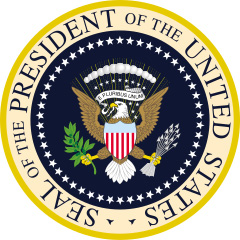Civil War Quiz: What Do You Know about Native Americans in the Civil War?
Q#1 — This Native American served as adjutant and secretary to General Ulysses S. Grant. He wrote the final draft of the Confederate surrender terms at Appomattox. Who was he?
Q#2 — This Native American tribe suffered its own civil war within the Civil War, with bitter factions supporting either the south or the north. Name the tribe.
Q#3 — On June 25, 1865, this Native American was the last Confederate general in the field to cease hostilities at war’s end. Who was he?
Q#4 — This battle in Arkansas saw a combined force of Cherokee, Choctaw, Chickasaw, Creek, and Seminole cavalry fighting for the Confederacy. Name it.
Q#5 — This Confederate general was appointed as Confederate envoy to Native American nations and was commissioned based on his ability to recruit Native Americans to the southern army. Who was he?
Q#6 — This battle was unique in the Civil War in that the white soldiers were the minority in both fighting forces with Native Americans making up a significant portion of each of the opposing armies and the Union force contained African-American units. Name the battle.
Q#7 — Two battles were fought near the present-day town of Big Cabin, Oklahoma, then in the Cherokee Nation within Indian Territory. What was the name of these two battles?
Q#8 — What happened to the Native American Tonkawa tribe on October 23–24, 1862?
Q#9 — The three pitched battles Battle of Round Mountain, the Battle of Chusto-Talasah, and the Battle of Chustenahlah fought between pro-Union Creek Indians and against Confederate troops and other Native Americans that joined the Confederates are collectively known as what?
Q#10 — The Third Colorado Cavalry was responsible for what action on November 29, 1864?
Q#11 — In July 1862, settlers fought against Santee Sioux in Minnesota. Who led the Sioux?
Q#12 — This famous American frontiersman was a colonel during the Civil War. He was responsible for forcing the Mescalero Apache and the Navajo onto a bleak reservation called Bosque Redondo. Name him.
Q#13 — How many Native Americans from the Indian Territory are estimated to have participated in the Confederate Army?
Q#14 — In 1862 the Union attempted an “Indian Expedition” into Indian Territory. Who commanded this expedition called and what was the outcome?
Q#15 — What was the impact on the Cherokee Nation as a result of the Union victory in the Civil War?


